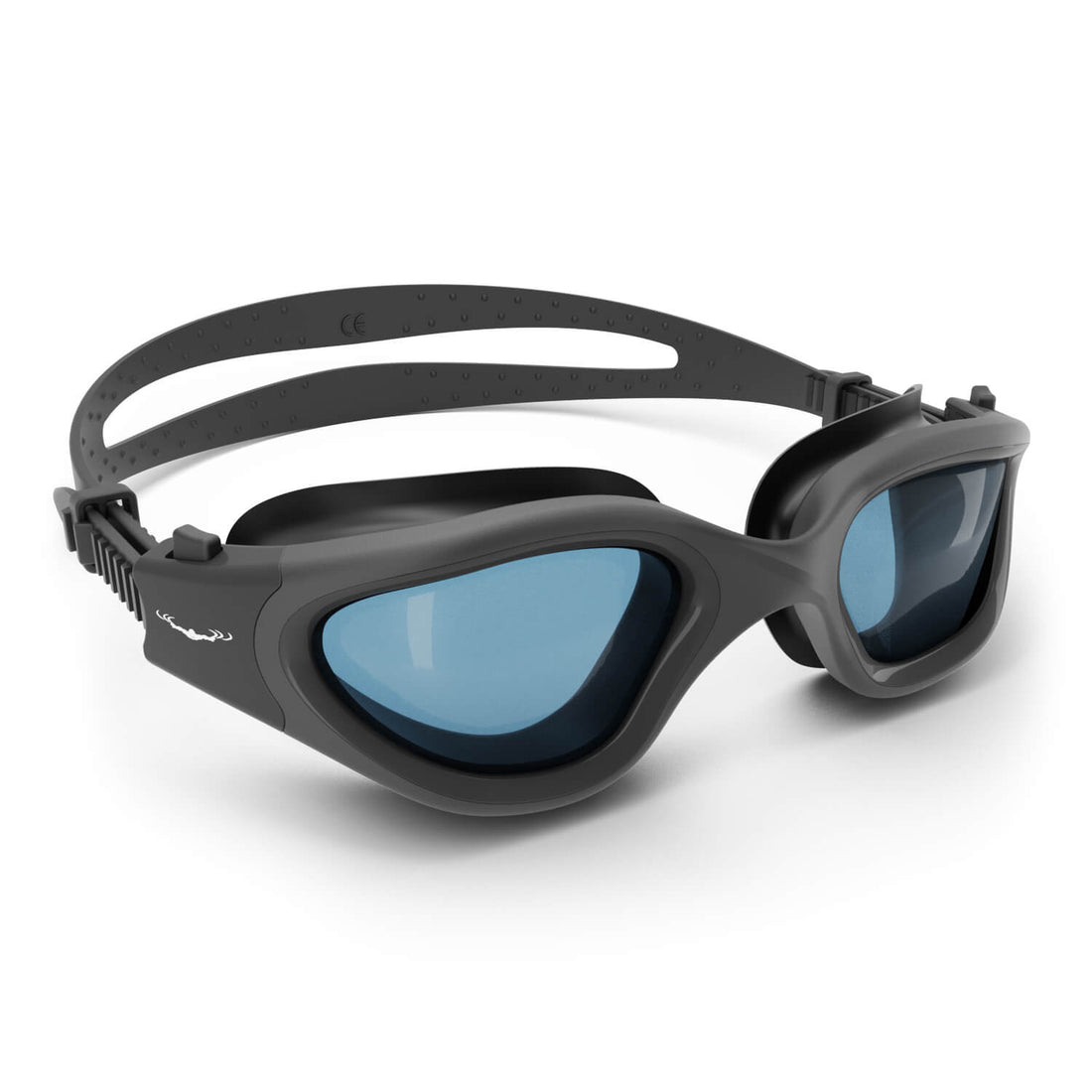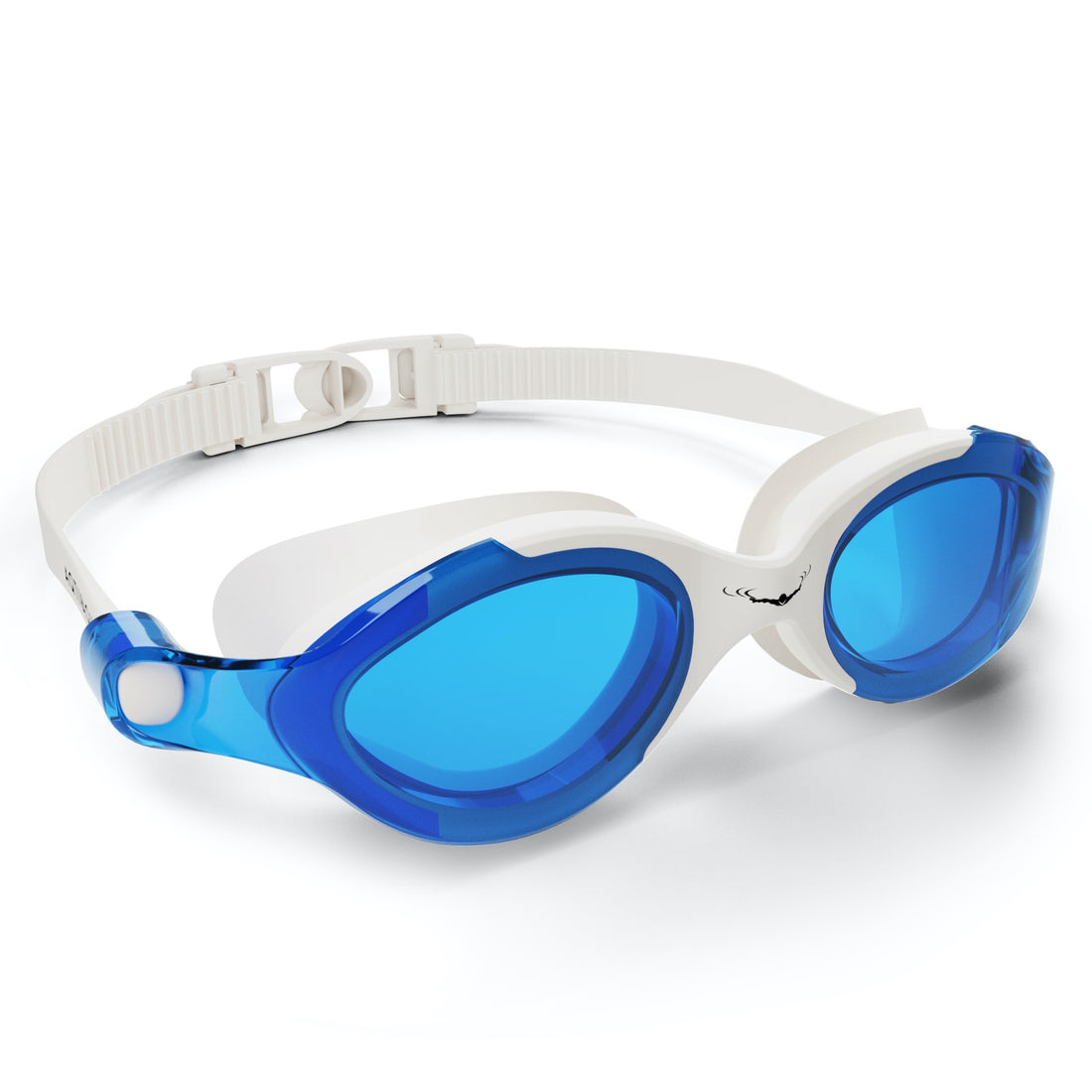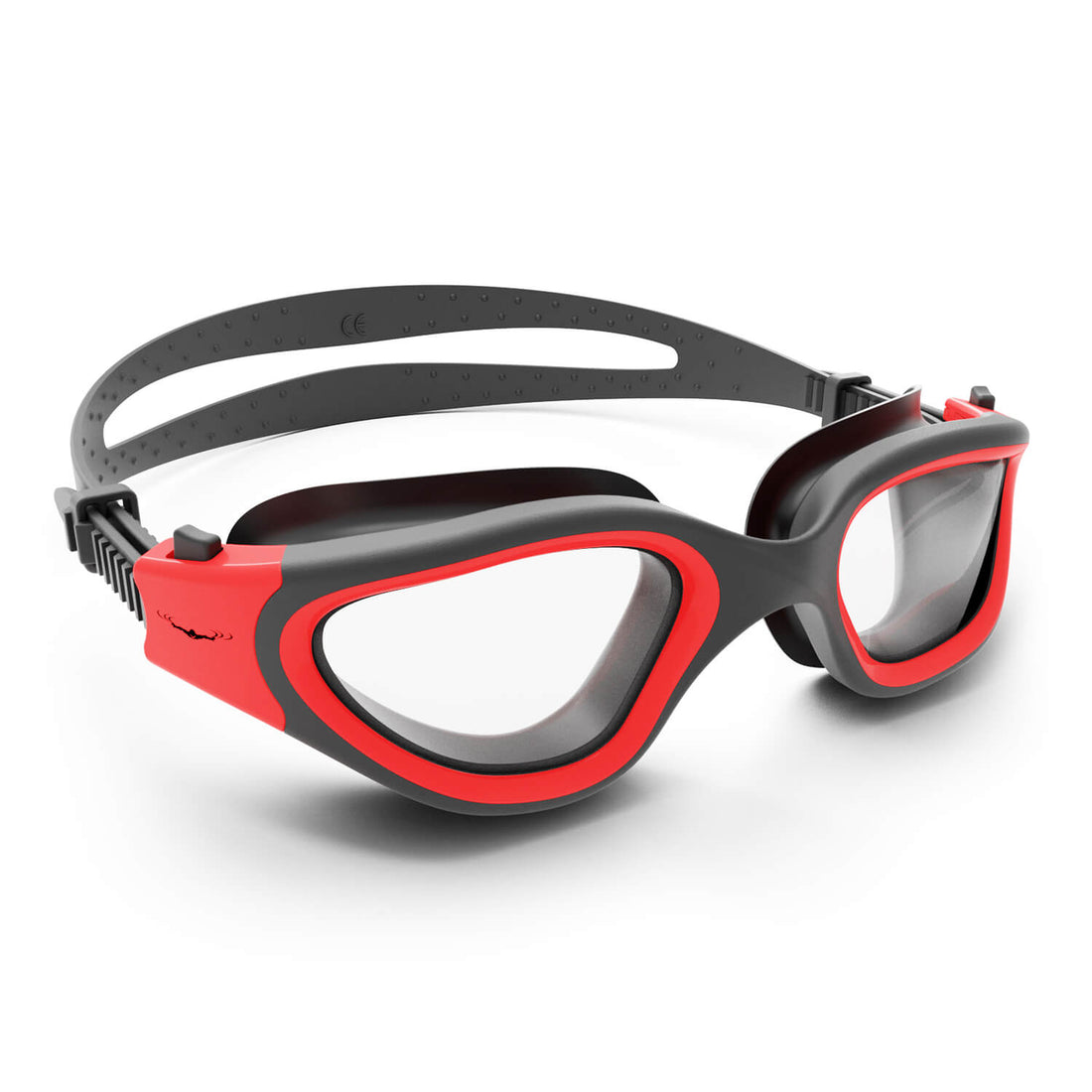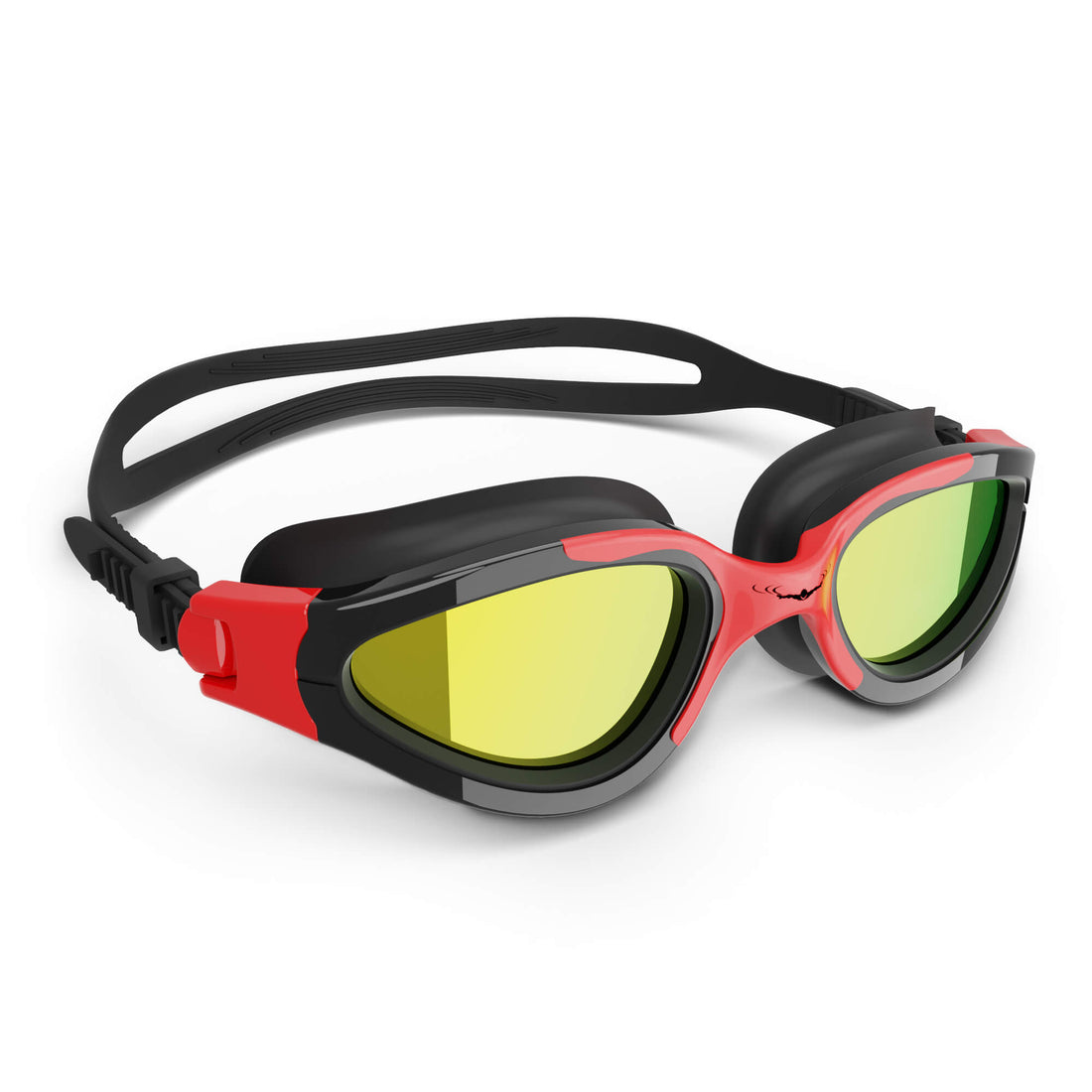Swimming is an essential life skill for children, promoting not only physical fitness but also confidence in and around water. As parents and guardians, ensuring that children adopt the best swim practices is crucial for their safety and enjoyment. In this article, we will discuss essential swim practices, the importance of proper gear like swim goggles and hair guards for swimming, and tips for creating a positive swimming experience for your little ones. Let's dive in!
Why Swimming Skills Matter
Swimming is not just a relaxing summer activity; it's a lifesaving skill. Learning to swim helps children develop a host of abilities:
- Safety: The most critical reason for teaching children to swim is, of course, safety. Knowing how to swim can save lives.
- Physical Fitness: Swimming is an excellent workout that enhances cardiovascular health, builds muscular strength, and improves flexibility.
- Social Skills: Swimming often occurs in groups, offering children an opportunity to interact, collaborate, and make friends.
- Self-Confidence: Mastering swimming techniques can boost a child's self-esteem, leading to a more confident attitude in and out of the water.
Essential Swim Gear for Children
Investing in the right swimming gear is crucial for enhancing children's comfort and safety in the water. Here are some of the must-have items:
Swim Goggles
One of the essential pieces of gear every child should have is swim goggles. These not only protect the eyes from chlorine and other irritants found in pool water but also provide better visibility underwater. When choosing swim goggles, consider the following:
- Fit: Ensure they create a watertight seal around the eyes.
- Adjustability: Look for straps that can easily be adjusted for optimal comfort.
- UV Protection: Some goggles offer protection against harmful UV rays, though this is more relevant for outdoor pools.
Hair Guard for Swimming
Another critical gear item is a hair guard for swimming. These are especially useful for children with longer hair, helping to keep hair out of their face and minimizing tangles. Benefits include:
- Comfort: Prevents hair from getting caught in goggles, allowing for a more enjoyable swim.
- Maintenance: Reduces the amount of chlorine exposure to hair, which can protect hair health.
- Aesthetics: Allow kids to express their personality with fun colors and designs.
Setting Up a Safe Swimming Environment
Creating a safe swimming environment is imperative for fostering children's swimming skills. Here are some tips to consider:
Supervision is Key
Constant supervision is vital when children are swimming, irrespective of their swimming ability. Make sure there’s an adult within arm’s reach for younger kids. Designate a responsible adult during pool parties or gatherings to oversee swimming activities. This approach can significantly reduce the risk of accidents.
Know Your Pool’s Depths
Before allowing your child to swim, familiarize them with the pool layout and depths. Ensure they understand where to swim and the areas that are too deep for them. This knowledge fosters a sense of safety and autonomy.
Teach Water Safety Rules
Discuss essential water safety rules with your children:
- Never swim alone.
- Always ask for permission before diving or jumping into the water.
- Stay away from pool drains, as they can pose hazards.
- Take breaks to rest and hydrate regularly.
Fun Swimming Techniques for Kids
To make swimming lessons enjoyable, incorporate fun techniques that keep kids engaged:
Start with Basic Water Familiarization
Begin by having your child simply enjoy the water. Play games like “Simon Says” or “Duck, Duck, Goose” in shallow water to help them relax and feel comfortable in the pool.
Introduce Floating
Floating on their back is a fun and useful skill. Use colorful floats or pool noodles to assist them at first, teaching them how to balance their bodies in water. This will not only help build confidence but also serve as a foundation for learning other swimming strokes.
Gradually Teach Swimming Strokes
Once children are comfortable in the water, introduce different swimming strokes gradually. Start with:
- Arm Movement: Teach them the basic arm movements for freestyle swimming.
- Leg Kicking: Practice simple kicking techniques while holding onto the pool's edge.
- Breathing Techniques: Show them how to breathe correctly while swimming, emphasizing taking breaths during arm strokes.
The Importance of Swimming Lessons
While practicing swimming at home or in community pools is valuable, enrolling your child in professional swimming lessons can enhance their skills significantly. Here’s why:
- Expert Instruction: Trained instructors can effectively teach proper techniques while ensuring safety.
- Structured Learning: Lessons provide a structured environment that helps in gradually developing swimming skills.
- Social Interaction: Swimming lessons offer kids a chance to interact with peers, building friendships.
Creating Positive Associations with Swimming
Encouraging a love for swimming in children is about creating enjoyable memories. Here are ways to make swimming a positive experience:
Make It Fun!
Incorporate fun games and activities into swimming sessions. Use toys, flotation devices, and creative activities that get kids excited about the water.
Choose the Right Environment
Select pools with a friendly atmosphere, featuring shallow areas for beginners and qualified lifeguards. A positive environment can influence children’s attitudes towards swimming.
Celebrate Achievements
Acknowledge milestones and progress, no matter how small. Whether it’s successfully floating for the first time or completing a full lap, celebrating these achievements encourages kids to practice more.
Incorporating Swim Safety into Daily Routines
Integrating swim safety tips into daily routines helps children recall essential rules every time they head to the water. Try the following:
- Discuss swim safety during family meetings or dinners.
- Incorporate safety lessons into daily conversations, highlighting real-life examples.
- Practice swim drills in the family pool or during visits to public aquatics facilities.
Stay Prepared for Swim Outings
Before heading out for swim-filled days, ensure you pack the essentials. Here's a checklist to help:
- Swim goggles
- Hair guard for swimming
- Towels
- Sunscreen
- Snacks and hydration
- First aid kit
Making Waves Beyond the Pool
In addition to swimming practices, familiarize your children with other water activities. Kayaking, paddleboarding, and beach excursions can all work wonders in broadening their aquatic experience. The more comfortable they are in water, the more adaptable they will become in various water environments.
By instilling the best swim practices in children, you empower them with skills that last a lifetime. With the right gear, professional instruction, and a supportive environment, children can enjoy the water safely while building confidence and athletic abilities. Remember, every splash brings them closer to becoming a proficient swimmer! So let the waves of joy resonate through your family as you embark on this exciting swim journey together.
Explore the Shopify store of a user by clicking here. Keep in mind that this is a promotional link, and we are not responsible for the content on the linked store.










